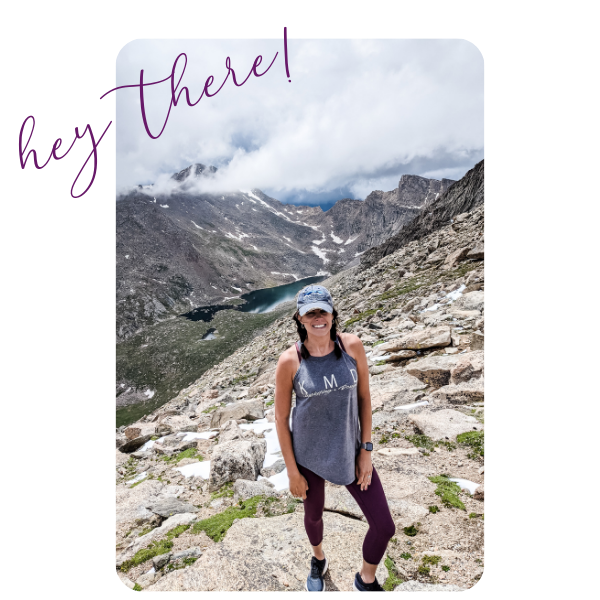
What is Alt Text?
3 Tips For How To Write It
Whether you have a website, blog, or social media for your business, you’ve probably found yourself using images as a visual to convey your brand message.
If you have spent any time, in the past, uploading images to various digital platforms, optimizing your image’s alt text is one key component to creating a better user experience for your clients. Furthermore, alt text is equally as important for SEO because search engine bots can’t see or understand images.
Today, nearly 38% of Google’s SERPs show images — and that’s likely to increase. That means you could still be missing out on another source of organic traffic: your website’s images. How do you get in on this traffic source? Image alt text. What is alt text?
What is Alt Text?
Alt text (alternative text), also known as “alt attributes,” “alt descriptions,” or technically incorrectly as “alt tags,” are interchangeable names used within an HTML code to describe the appearance and function of an image on a website in case the image can’t be viewed or if someone is visually impaired and using a screen reader.
Why is this Important?
Alt text serves three purposes.
The first is for image recognition by screen readers. This software application allows the visually impaired user to hear the alt text. This information comes from the alt text describing what the actual image is.
The second reason for alt text is there is now a new ADA web compliance to allow people who can’t see the image to understand what should be on that page.
Finally, it is used to rank better in search engine queries. Most websites will focus on their SEO for text and page content. Photos and visual components are often a significant part of a user’s search, and adding alt text tags to the images will help with ranking in those search results.
While search engine image recognition has improved, over the years, search engine crawlers are not perfect and can’t see images. One means is to tell the search crawlers what the image is.
Here is an example: Google might see the following image and be able to decipher it as a town in the mountains.

If you are trying to rank for “Overview of Winter Park Colorado” though, you’ll need to help the search engine out.
How To Write Alt Text
Now let’s dive into the how. How does one write alt text that is SEO-friendly and supports the visually impaired?
- Be as descriptive as possible. One way to do this is to close your eyes and try to describe the image without being able to see it.
- Keep it short as most screen readers cut off at 125 characters.
- Avoid keyword stuffing. Simply don’t use this as a way to get more keywords into your site or posts. Use it to describe the image while including the target keyword
Alt Text Image Description Examples
Here are just a few image examples from our own website:
- KMD Marketing + Design Founder Kayla
- Boutique Marketing Firm Experts in Minneapolis Minnesota
- The KMD Marketing + Design Marketing Blog
You’ll notice that these are not only keyword rich, but they also describe the image itself. It takes practice to consider your audience first, and Google second.
It’s simpler than you think, we promise!
If you would like to learn more about alt text and SEO, fill out our quick contact form. We would love to hear about your current digital marketing challenges.







